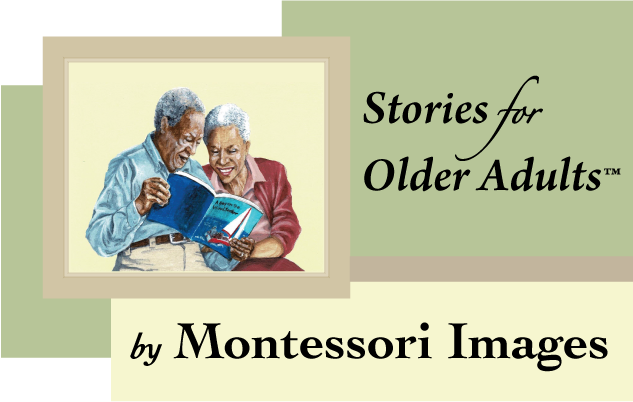The lists of read-aloud suggestions found on this website include many nature titles that can be described best as creative nonfiction. What is it? In a nutshell, creative nonfiction employs the literary techniques of fiction; creative structure, art and design; and the facts. The facts are “dressed” in an engaging writing style and/or creative visuals to pique interest and curiosity, bringing content to life for the reader and the read-aloud audience.
Here are three nature-themed examples that use story, lyrical text and/or creative visuals to deliver creative nonfiction at its best.
 The Honeybee Man by Lela Nargi; illustrator Kyrsten Brooker
The Honeybee Man by Lela Nargi; illustrator Kyrsten Brooker
The facts about honeybees are seamlessly woven into the text of this narrative about an endearing urban beekeeper named Fred who keeps three beehives on the rooftop of his Brooklyn apartment. Neighborhood vignettes juxtapose everyday city life with the bees’ activity. Voice-rich phrases demonstrate Fred’s tenderness – “Good morning, my bees, my darlings!” Storytelling serves to demonstrate a human connection and to foster appreciation for bees. Back matter includes some amazing facts about honey, honeybees and beekeepers; endpapers show labeled illustrations of the parts of the bee, flower and beehive.
 Under Ground by Denise Fleming
Under Ground by Denise Fleming
Denise Fleming uses simple, lyrical rhyming text and her signature bold and bright, pulp-paper-collage style to create a factual look at the lives of creatures who live underground. The subject matter is compelling – children naturally wonder what lives under the dirt. A connecting narrative in the artwork shows a young boy helping to plant and water a new cherry tree and harvest vegetables above ground, while cross-section illustrations show the myriad of creatures burrowing, digging, and tunneling underground. Back matter includes an illustrated “Creature Identification” glossary offering concise information about the underground creatures in the book.
 Redwoods by Jason Chin
Redwoods by Jason Chin
The text of Redwoods is straightforward, well-researched nonfiction – an informative guide to redwood trees. However, author and illustrator, Jason Chin, has also included an engaging, dramatic narrative in the artwork that soars with imagination and highlights the facts. Waiting on a subway platform alone, a boy finds a book about redwood trees and becomes captivated while reading it on the train. As he learns that there are trees alive today that first sprouted during the Roman Empire, readers notice two passengers seated beside him from that period. When he comes out of the station, he finds himself deep in a redwood forest, where, clad in climber’s gear and a harness, he launches a rope, climbs a tree, discovers wildlife in the branches, and experiences the many wonders of the redwoods. Reality returns when he notices the time and darts off, leaving the book behind for a girl to discover and begin her journey in the redwoods. Back matter adds information about environmental dangers that the redwoods face, and a scaled drawing of a human adult and the coast redwood. Chin’s work, often labeled “innovative nonfiction,” makes environmental concepts accessible to children with clear, accurate information and creative visual displays of art.
Launching a classroom theme with creative nonfiction engages a broad range of students with high-interest content. In addition, the fictional and nonfictional features can be highlighted to prime young learners for 21st century multi-genre reading. Factual summaries, glossaries or charts are features of nonfiction that generally appear in the back matter of creative nonfiction. Narrative content is usually realistic fiction – stories that could actually happen. Help your students to get the most from creative nonfiction by identifying the facts and the literary features. Encourage them to read widely on a topic by following up with a fictional story, poems or expository nonfiction on the same theme.
Related activities /resources
On this site we offer Nature nomenclature, three-part cards and facts to supplement creative nonfiction. These activities help to guide the elementary child who is hungry for facts to extract and organize information from the text.
An excellent teacher resource for life science lessons and comparing genres is Melissa Stewart’s Perfect Pairs: Using Fiction & Nonfiction Picture Books to Teach Life Science, K-2.
